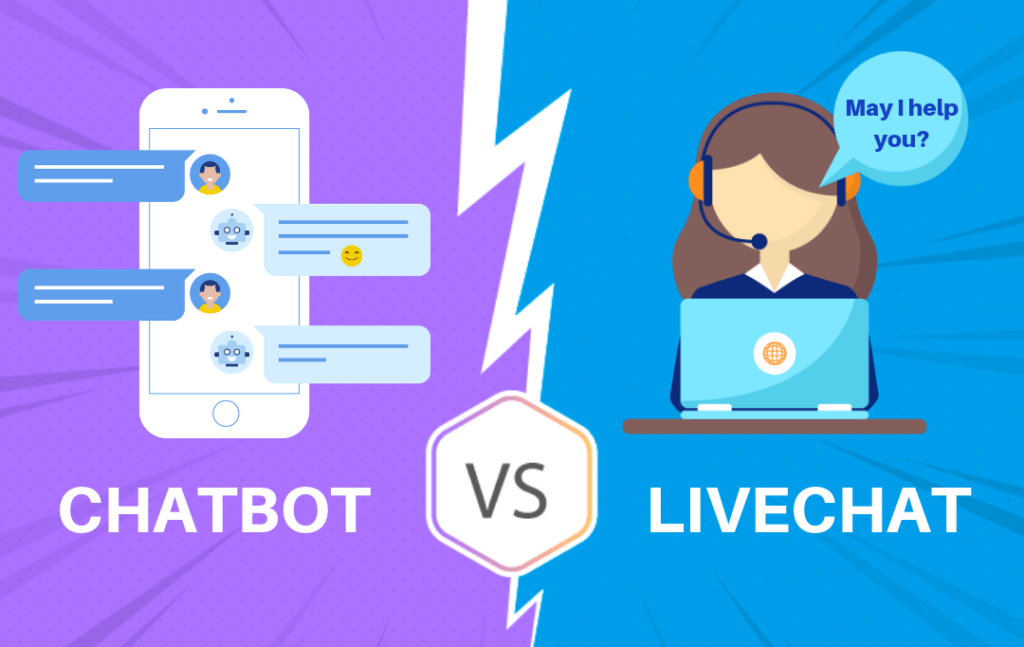Guest Contributors
- Dr. Cynthia L. Alvarez Assistant Director, Student Success California State University Office of the Chancellor
- Mitzy González Assistant Director, Center for Higher Education Innovation University Innovation Alliance Fellow at the University of Central Florida
Institutions of higher education have long wrestled, experimented, and re-envisioned ways to connect with their students. More often than not, they really want to just help students become better decision makers, navigate their campus, and ultimately graduate.
Can tech help?
A chatbot is software that simulates conversation with a user (e.g., student or parent), and helps guide them along their decision-making process. Chatbots have become increasingly more sophisticated at adapting their pre-programmed responses based on questions from users. Overtime chatbots improve the accuracy in their responses. Chatbots can connect with users through SMS text, web, social media, and voice.
First-generation and transfer students enter higher education and are faced with the challenge of learning AND successfully navigating their campus. A chatbot can support them in a way that is familiar and accessible. Having a chatbot during the COVID-19 pandemic is a bonus as it allows students to continue learning when they cannot do so in-person. However, if you are exploring chatbots now, it is critical to be intentional and focussed during the development of a chatbot, through its implementation, and during evaluation. Here are four steps to successfully launch a chatbot that serves first generation and transfer students.
Identify Your Purpose & Goal
A chatbot is great for increasing knowledge and awareness of a topic. Identifying the purpose and goal of the chatbot, then, becomes imperative to establishing a strong foundation and sets the bot up for success down the line. Here are some imporant question to pose prior to development. What is the issue that needs to be addressed? What do students need? It is imporant to incorporate experts that provide high touch support for first generation and transfer students. Recognizing their expertise, building allyship, and ensuring their participation in this process is critical. Frontline staff can also help to gather feedback from students through surveys, focus groups, or an open-source document where students can describe their needs.
Build Your Core Team
Assembling a core team is a critical component of a chatbot's ability to reach its full potential. Take it a step further by asking: who is missing from the conversation? What challenges and opportunities are not being identified? A diverse team will result in richer considerations that inform the chatbot's focus area(s). Each phase of the chatbot exploration and implementation process requires a different level of work. As the bot grows in its reach across campus, more dedicated staff might be needed. To help move the process along, identify a project manager with an understanding of tech. Remember, technology is not a silver bullet, you still need human expertise.
Find the Right Fit
Next, develop a “non-negotiable” and “would-be-nice” list. These lists will help determine the vendor that can meet current needs and future aspirations. In fact, during tech demonstrations, be sure to observe whether the vendor exhibits genuine curiosity in learning about your students and institution. While chatbot vendors are experts in tech, they are not experts on the students you serve.
Build a Knowledge Base Focused on First Generation and Transfer Students
Finally, building a knowledge base with intentionality is the last step, be sure to limit academic jargon. This is the time to make sure your questions and answers are appropriate for someone new to the institution and that your navigational options are clearly-defined. Following these steps will support the successful launch of a chatbot that supports first generation and transfer students in a fresh and innovative way.

